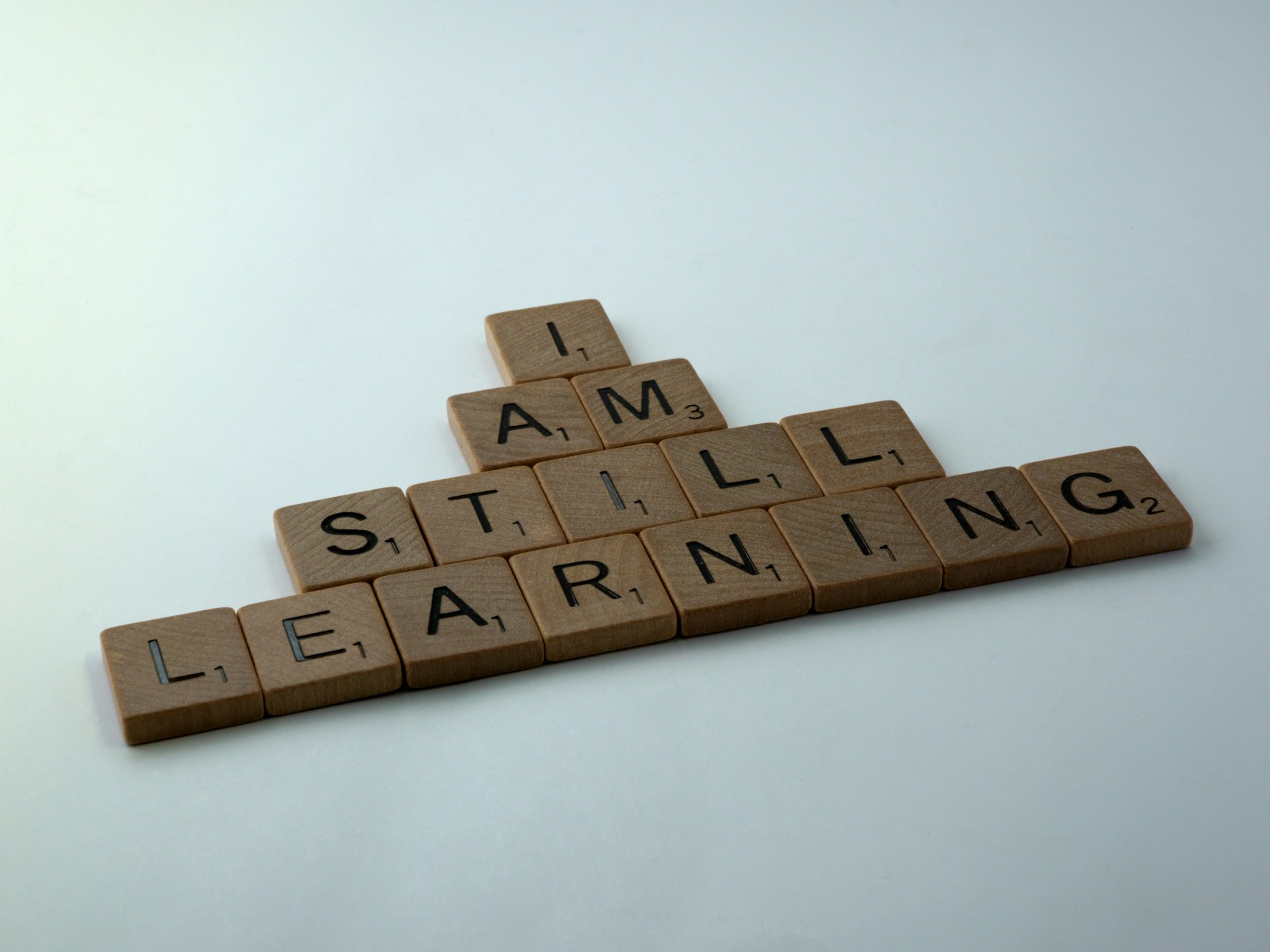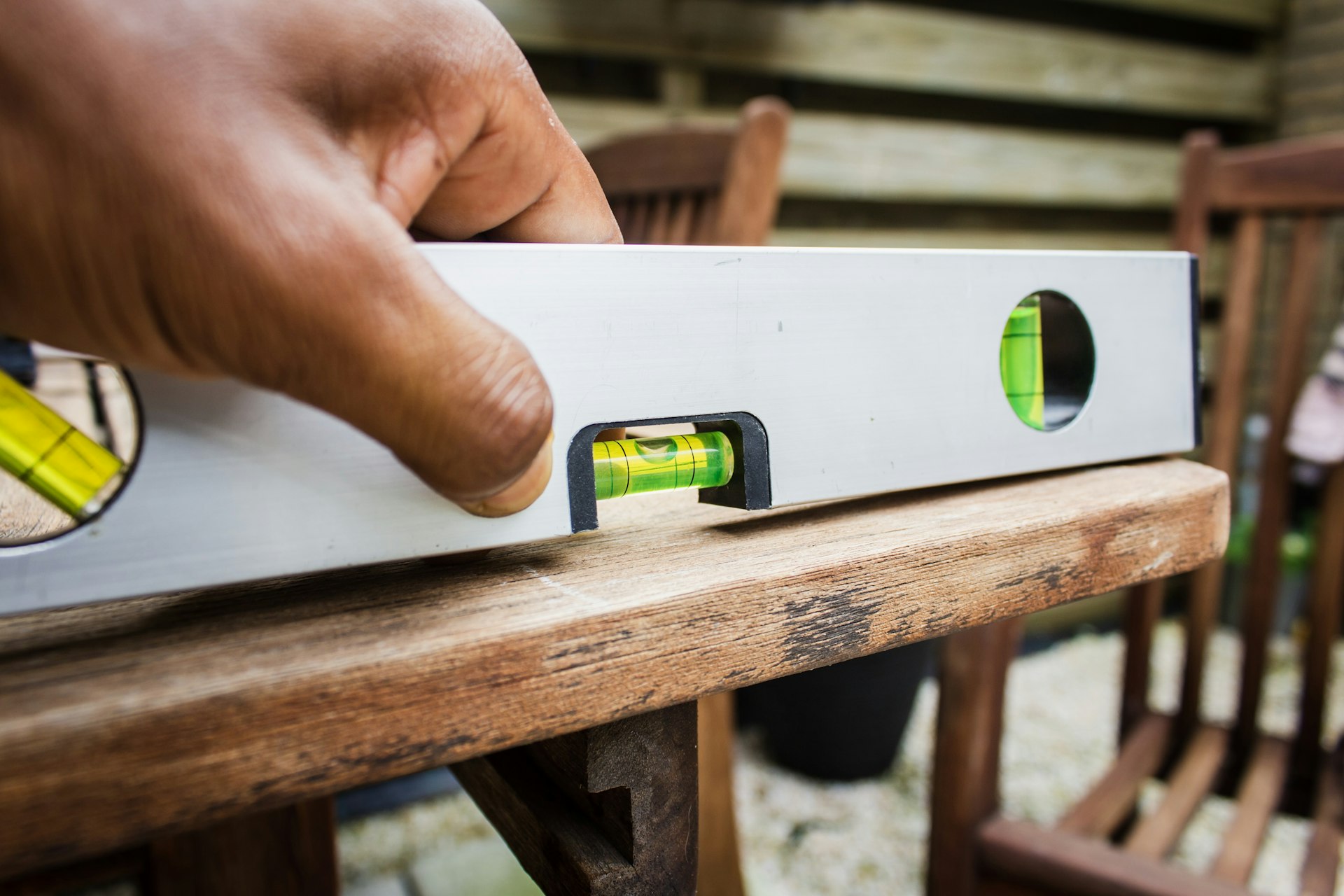How to Build Successful Music Collaborations Across Virtual Platforms

Photo by Soundtrap on Unsplash
Introduction: The Rise of Virtual Music Collaboration
The landscape of music creation has undergone a profound transformation in recent years. Thanks to advances in technology and the proliferation of powerful online platforms, musicians now collaborate across continents with unprecedented ease. Virtual music collaboration lets creators work together in real time, exchange ideas seamlessly, and access a global pool of talent. As the industry adapts to remote work and digital production, understanding how to leverage these platforms is critical for artists, producers, and music educators alike.
[3]

Photo by Kelly Sikkema on Unsplash
Key Benefits of Remote Music Collaboration
Embracing virtual music collaboration platforms offers numerous advantages for creative professionals of all levels:
-
Geographic Freedom:
Collaborate with anyone, anywhere, removing traditional barriers to partnership and innovation.
[1]
- Access to Diverse Skills: Tap into a broader pool of instrumentalists, vocalists, and producers with unique backgrounds.
-
Real-Time Editing and Feedback:
Use integrated communication tools, video chat, and live collaborative editing to streamline the creative workflow.
[3]
-
Efficient Project Management:
Many platforms include version control, cloud storage, and commenting features for organized, iterative development.
[2]
Top Platforms for Virtual Music Collaboration
A variety of platforms cater to different music creation needs. Here’s a detailed overview of some of the most popular and innovative options, along with guidance on how to get started:
1. Soundtrap by Spotify
Soundtrap is a browser-based digital audio workstation (DAW) designed for real-time online collaboration. Users can record, edit, and mix tracks directly in their web browser, comment on the timeline, and communicate via live chat or video calls within the project. Soundtrap is ideal for pop producers, singer-songwriters, and educators due to its intuitive interface and cloud-based sharing. To begin, you can create a free account, start a new project, and invite collaborators by email.
[1]
[3]
2. BandLab
BandLab is another leading online DAW that emphasizes community and social connectivity. Its features include version control, social media integration, and cloud-based project storage. BandLab is particularly effective for artists seeking feedback and engagement from a global community. Getting started involves signing up on their website, creating or uploading a project, and using the built-in tools to invite others to collaborate.
[3]
3. Splice
Splice provides a massive sample library, cloud storage, and seamless DAW integration, making it a favorite for producers who want to experiment with sounds and collaborate on complex projects. Splice’s community forums help users connect for potential collaborations. To access these features, register on their official site, explore the sample library, and use project sharing tools to invite collaborators.
[3]
4. JamKazam
JamKazam specializes in real-time, low-latency remote rehearsals and live performance sessions. It’s built for musicians who need to play together synchronously, such as bands or orchestras. While setup is straightforward, a stable, high-speed internet connection is crucial for optimal experience. To use JamKazam, download the application from its official website, create an account, and set up your audio interface to join or host live sessions.
[2]
[4]
5. Musicfy
Musicfy leverages AI-driven vocal generation to help songwriters and producers test out vocal ideas instantly. Users can transform their voice into the style of popular artists or create polished demos from rough takes. This is especially useful for early-stage songwriting or prototyping. To try these features, create an account on the Musicfy platform, upload your vocal or instrumental track, and use the AI tools to experiment with different vocal styles. Exported tracks can be imported into DAWs for further production.
[1]
6. Pibox Music
Pibox Music is an all-in-one collaboration suite for music production teams. It integrates live chat, waveform commenting, file sharing, and mix versioning in a single interface. Pibox is particularly helpful for producers, bands, and mixing engineers. To get started, visit the Pibox website, sign up for an account, upload your files, and invite team members to review and comment on specific waveforms.
[4]
Step-by-Step: How to Start a Virtual Music Collaboration
Whether you’re a seasoned producer or a newcomer, you can launch a remote music project by following these steps:
- Define Your Project Goals: Clarify the style, genre, and objectives before reaching out to collaborators.
- Choose the Right Platform: Consider factors such as real-time performance, DAW integration, feedback tools, and community size. Review the features of Soundtrap, BandLab, Splice, JamKazam, Musicfy, and Pibox to determine which aligns with your workflow.
- Create an Account and Set Up Your Workspace: Register on your chosen platform, set up your profile, and prepare your initial tracks, stems, or ideas.
- Invite Collaborators: Use built-in sharing features to invite musicians, producers, or vocalists. Many platforms allow you to send invitations via email or direct links.
- Establish Communication Protocols: Decide on preferred communication channels-many platforms offer integrated chat, video call, and commenting tools. For external communication, you may also use tools like Slack or Discord.
- Track Versions and Feedback: Use version control and commenting tools to manage edits and revisions. Keep detailed notes to streamline feedback and reduce confusion.
- Export and Finalize: Once the collaboration reaches completion, export stems or the final mix for distribution, mastering, or further production.
Common Challenges and How to Overcome Them
While virtual music collaboration platforms are powerful, they introduce unique challenges:
-
Latency Issues:
Real-time collaboration can be impacted by internet speed and stability. Using wired connections and platforms optimized for low latency, like JamKazam, can help mitigate this.
[4]
- File Management: Cloud storage and project versioning are essential for keeping sessions organized. Platforms like Splice and BandLab offer robust solutions.
- Creative Differences: Setting clear goals, sharing reference tracks, and maintaining open communication can help align expectations and minimize conflict.
- Technical Compatibility: Ensuring all collaborators use compatible software and hardware is critical. Some platforms are browser-based and cross-platform, reducing friction.
Alternative Approaches and Additional Resources
In addition to dedicated collaboration platforms, musicians may use general-purpose cloud storage (e.g., Google Drive, Dropbox) for sharing large files, or communication tools like Zoom and Slack for meetings. Some artists prefer to connect via online forums, social media communities, or local music organizations before moving to a dedicated platform. For those seeking professional talent, services like SoundBetter (a talent-for-hire platform) can help you find session musicians and vocalists.
[5]
How to Find and Connect with Collaborators
You can discover potential collaborators by:
- Joining platform-specific forums and communities (e.g., Splice forums, BandLab community pages)
- Participating in online music contests and open calls for collaboration
- Searching social media groups for music production and collaboration
- Attending virtual networking events and webinars offered by music tech companies or educational institutions
When reaching out, clearly communicate your project’s style, needs, and expectations. Consider setting up virtual meetings to discuss creative direction and workflow.
Summary and Next Steps
Music collaboration across virtual platforms enables artists, producers, and educators to break down barriers and unlock new creative potential. By choosing the right tools, establishing clear communication, and embracing flexibility, you can produce professional-quality music without geographic limitations. For most situations, starting with a platform like Soundtrap, BandLab, or Splice provides immediate access to robust collaboration and a vibrant community. Those with specialized needs can explore options like JamKazam (for live performance) or Musicfy (for AI-assisted vocal demos). As virtual collaboration becomes the norm, continual exploration and adaptation will ensure you stay at the forefront of the evolving music industry.
References
- [1] Musicfy (2025). 5 Best Online Music Collaboration Tools in 2025.
- [2] Pibox (2025). The Best Music Collaboration Software Apps.
- [3] The Intelligence (2025). Top Music Collaboration Platforms to Create & Connect with Artists.
- [4] Amuse (2024). Seven Tools for Collaborating on Music Remotely.
- [5] Two Story Melody (2024). The 10 Best Music Collaboration Websites in 2024.
MORE FROM snapflicks.net













